-
Postów
205 -
Dołączył
-
Ostatnia wizyta
Typ zawartości
Profile
Forum
Blogi
Wydarzenia
Galeria
Pliki
Sklep
Articles
Market
Community Map
Odpowiedzi opublikowane przez jgoluch
-
-
Kolejna ciekawostka od JTW, szczegóły wkrotce.
Introducing the JTW ANT - A 5 kg ultra-portable, compact powerhouse capable of unguided imaging.
Ants are nature's powerlifters and our own ANT is no exception. It boasts a 15 kg payload, backlash-free harmonic drive, dual axis encoders, it even fits inside it's own tripod which also functions as the transport case.
The entire system fits inside a 12 cm diameter x 40 cm tube and weighs under 5 kg, thanks to the carbon fiber/aerospace aluminium construction. An optional 5 kg ballast weight is shown under the tripod. This is small and light enough to go in a backpack, airline carry-on luggage, long hikes, etc. There's even room inside to store accessories and an optional powerbank.
Astronomer with meteorite protection who dropped his lunch for scale.
Full unveiling with specs, prices and reservations opening shortly.
Questions to - info@jtwastronomy.com
-
Jest i przedostatni.
Reintroducing the JTW Minotaur. This is a modern spin on the traditional type friction drive. It's precise, versatile and economical. The scoring system is relative to other mounts in our new modular range.
- 35 kg Payload*
- 12 kg Mount head weight
- Full aerospace aluminium construction
- Hardened hybrid ceramic drive system
- Friction drive
- 7.5° per second slew rate
- 0.04" Drive resolution
- 0.02" Resolution absolute encoders, both axes
- Guiding not required**
- Losmandy/Vixen saddle with no-mark clamping
- Internal mount wiring
- Through-mount cable conduit
- Soft and hard overtravel limits
- Fine polar alignment system
- 15° to 75° latitude range
- 90° Alt-Az mode
- WiFi, Ethernet and USB connectivity
- Dimmable red work light
- GPSFirst batch introductory price 4995 euro (exc. VAT) - Normal price 5995 euro (exc. VAT)
Website product page coming soon, mounts from the first batch can be reserved with no deposit or obligation.
For more details - info@jtwastronomy.com
* For difficult loads such as large refracting telescopes the payload will be reduced
** In almost all instances. Some special situations such as extremely long focal lengths may require guiding-
 2
2
-
-
Ceny nieco urosły, zauważcie też, że oryginalnie wątek dotyczył montażu Trident.
Tu link do sklepu: https://www.jtwastronomy.com/products/p75-trident-direct-friction-drive-telescope-mount
Jednak JTW zapowiedziało jeszcze jeden teleskop, mały i z ładownością do 15kg, może on będzie tańszy? Dziś zobaczymy.
-
I kolejny, ciężki montaż.
Release the Kraken! Introducing the JTW Kraken, an observatory grade heavy duty mount, optimised for remote use, derived from the Trident Direct Friction Drive. The scoring system is relative to other mounts in our new modular range.
- 125 kg Payload*
- 50 kg Mount head weight
- Full aerospace aluminium construction
- Hardened hybrid ceramic drive system
- Direct friction drive
- 15.0° per second slew rate
- 0.10" Drive resolution
- 0.02" Resolution absolute encoders, both axes
- Guiding not required**
- Losmandy/Vixen saddle with no-mark clamping
- Internal mount wiring
- Through-mount cable conduit
- Soft and hard overtravel limits
- Fine polar alignment system
- 15° to 75° latitude range
- 90° Alt-Az mode
- WiFi, Ethernet and USB connectivity
- Dimmable red work light
- GPSFirst batch introductory price 9995 euro (exc. VAT) - Normal price 10995 euro (exc. VAT)
Website product page coming soon, mounts from the first batch can be reserved with no deposit or obligation.
For more details - info@jtwastronomy.com
* For difficult loads such as large refracting telescopes the payload will be reduced
** In almost all instances. Some special situations such as extremely long focal lengths may require guiding-
 1
1
-
-
Kolejna bardzo ciekawa pozycja.
Introducing the JTW Basilisk. A high speed direct drive system, derived from much larger systems that we've built in the past. The scoring system is relative to other mounts in our new modular range.
- 40 kg Payload*
- 12 kg Mount head weight
- Full aerospace aluminium construction
- Direct drive
- 60.0° per second slew rate
- 0.02" Drive resolution
- 0.02" Resolution absolute encoders, both axes
- Guiding not required**
- Losmandy/Vixen saddle with no-mark clamping
- Internal mount wiring
- Through-mount cable conduit
- Soft and hard overtravel limits
- Tool-free operation
- Fine polar alignment system
- 15° to 75° latitude range
- 90° Alt-Az mode
- WiFi, Ethernet and USB connectivity
- Dimmable red work light
- GPS
- Removable magnetic bracket for digital polar scopes
- Adapter system to fit most tripodsFirst batch introductory price 8995 euro (exc. VAT) - Normal price 9995 euro.
Website product page coming soon, mounts from the first batch can be reserved with no deposit or obligation.
For more details - info@jtwastronomy.com
* For difficult loads such as large refracting telescopes the payload will be reduced
** In almost all instances. Some special situations such as extremely long focal lengths may require guiding-
 1
1
-
-
-
Może rozważ też top pier do zwykłego statywu, podnosi montaż o bodajże 40cm.
-
Hej, potrzebuje posadzić HEQ5 na pierze dlatego też szukam adaptera top pier.
Jeśli komuś coś takiego zalega, lub ma tokarkę/frezarkę i mógłby taki wykonać to chętnie nawiąże współpracę

-
10 godzin temu, Miesilmannimea napisał:
Ps. Aaaa zapomniałęm.
A co z hubem USB na długim kablu - trenuje może to ktoś z Was???
Tak z 15mb...
M.
Mam, polecam kabel Unitek aktywny USB 3.0, mam 20mb.
-
Ja dawałem coś w okolicy 83mm, niestety nigdzie w granicach 70mm nie miałem satysfakcjonujących gwiazdek, myślę, że 83,5 albo 84 byłoby nawet lepiej.
Tu jakieś moje wątki/fotki:-
 1
1
-
 1
1
-
-
Panowie, dzięki za miłe słowa.
Może zacznę od tego, że obrabiałem po swojemu, gwiazdy mi się rozlewały przy wyciąganiu/obróbce więc je usunąłem i dodałem już do finalnego zdjęcia.
Może nie najlepszym sposobem, ale to jest jeszcze do opanowania.
@Pav1007 z czy bez gwiazdek i w jakim formacie (jpg/tif)? -
Nie robiłem. Trochę tylko podciągnąłem ostrość/kontras highpassem.
-
- Ta odpowiedź cieszy się zainteresowaniem.
- Ta odpowiedź cieszy się zainteresowaniem.
W zasadzie jest to moje pierwsze {jak na mnie) poważniejsze podejście do SHO znaczy tu bicolor z false R.
Będę wdzięczny za cenne rady co mogę na przyszłość poprawić, na czym się skupić, itp.
TS 90/600 + 0.79x, Atik 383L+, HEQ5
Warszawa, balkon, akwizycja w ostatnim tygodniu.
20x1200 Ha + 22x1200 OIII-
 26
26
-
 6
6
-
Zainspirowany pracą Taysona, postanowiłem, że spróbuję pójść w kierunku SHO, póki co tylko lekkie rozciągnięcie w PS.
Zobaczymy czy uda mi się zebrać OIII i SII z balkonu, raczej teraz wyjazdy odpadają.
Kadr taki a nie inny z uwagi na brak rotatora i sztywne połączenie gwintowe.
Lekki crop by usunąć winietę od filtrów 1.25".-
 7
7
-
-
Ja mam taki korektor 3" i był wraz z eleganckim pudełeczkiem z dopasowaną gąbką.
Co do doboru dystansu... u mnie nie było większego problemu, a przerabiałem już wersję 2" i 3".
Ale warto zaopatrzyć się w pierścienie dystansujące (tu chyba T2). -
Uwaga, mam rezerwację do wieczora!
-
 1
1
-
-
To jest samo Ha, tylko gwiazdy usunąłem na końcu, co było błędem.
Podejdę raz jeszcze do tego materiału jak należy, ale chyba cudów nie mam co się spodziewać.
OIII jest tak tragiczne, że nie ma co dodawać. -
Ostatnio wszyscy cieszą się z dobrej pogody, ale niestety, z balkonu u mnie seeing (chyba przez smog) był tragiczny.
Trochę dozbierałem materiału, suby po 20min ale szczerze to nie wiem czy cokolwiek pozytywnego wnoszą...
Na szybko tylko wyciągnięte (aż za bardzo) poziomy + krzywe + usunięcie gwiazdek.
Czy w ogóle jest tu potencjał do obróbki, odszumianie + wyciąganie selektwyne?
Mam wrażenie, że tu w ogóle nie ma ostrości, może jakąś dekonwolucję zastosować?
No i szum... jest tu chyba z 40x1200s a dalej szumi.
PS. wiem, że jeszcze nie czas na słonia bo jest dość nisko ale mam ograniczone pole manewru...
PS2. World Atlas 2015: SQM 18.52mag -> nie wiem czy gdzieś jest aktualniejsza mapa... -
U mnie zmasakrowana wersja (LRGB 7:2:3:2 180:120:120:120) z balkonu.
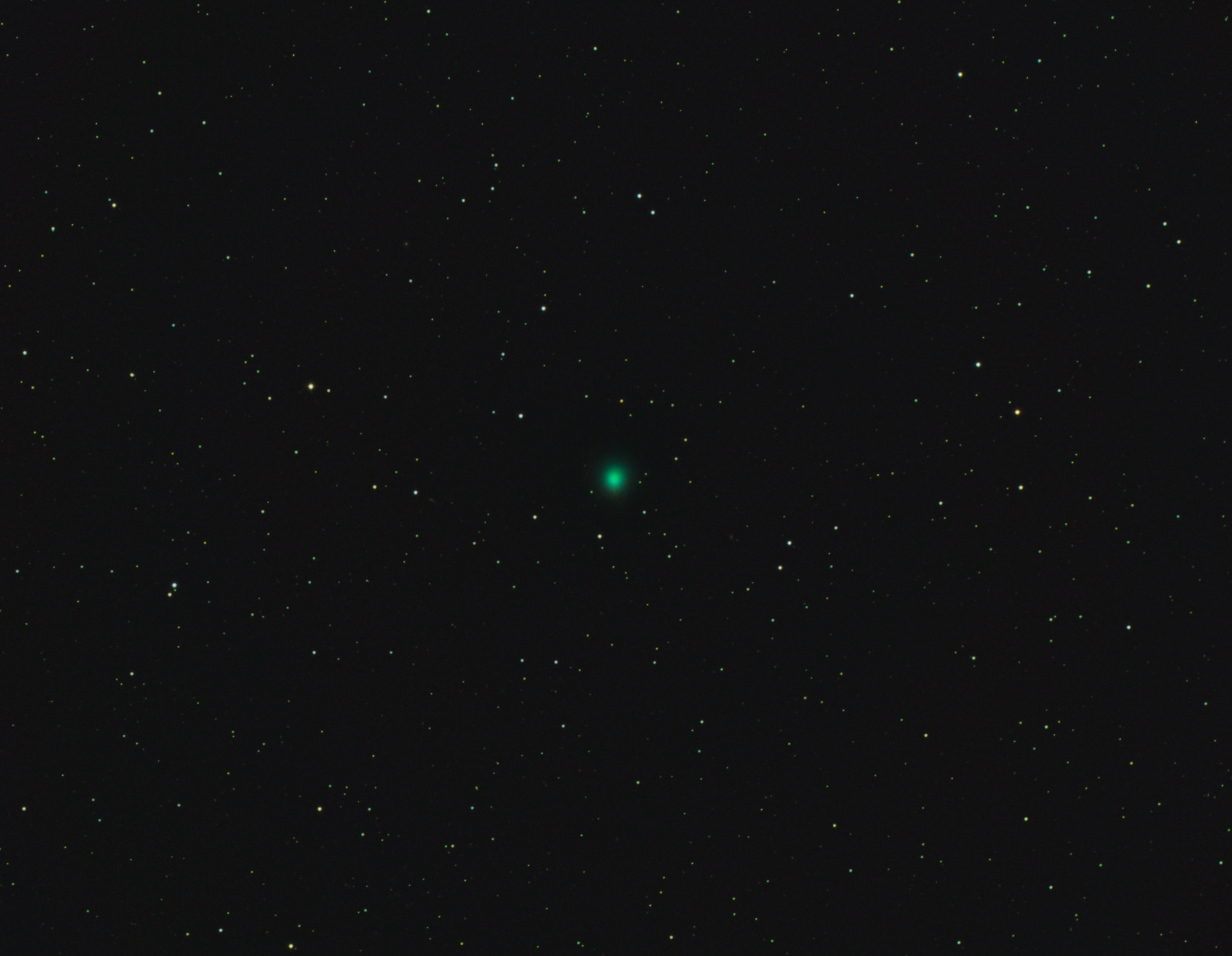
-
 1
1
-
 1
1
-
-
Dorzucę jeszcze infografikę.

-
@wessel, przepraszam, że dopiero teraz.
Winietę mam z filtrów 1.25" z KAF8300 (atik383L+).
Osiowość zestawu jeszcze będę starał się poprawić.
W obecnym teleskopie (TS90/600) mam solidniejszy wyciąg R&P2.5", ale chyba wymaga jeszcze regulacji, obstawiam rotator lub docisk drawtube (będę walczył z ccdinspectorem).
Niestety w obecnej konfiguracji sprzętu nie mam możliwości dołożenia tilt-adaptera, po prostu brakuje mi backfocusa. być może w uda się to poprawić nieco rotatorem.Co do OIII, to fakt, obiekt był już dość nisko... za nisko. Będę musiał skupić się na obiektach wyżej.
Martwi mnie jednak co innego, różnica na wykresie ccdinspectora dla H-alpha i OIII - są to fotki robione w odstępie kilkunastu minut*:* oczywiście są to fotki robione "na obiekcie" a nie w morzu gwiazd - następnym razem wykonam to porównanie bardziej rzetelnie.
Nie mniej jednak zastanawiające jest to odchylenie. Tomek jeszcze sugerował mi przypadłość mojego koła (QHY CWF3), że mogło nie trafić precyzyjnie z filtrem - nie sprawdziłem wtedy tego. -
No właśnie na tych niebieskich kablach 0.5m czasem mam problem, że komputer nie widzi urządzenia (miałem tak już raz czy dwa z qhy5).
Nie wiem dlaczego tak jest, zmiana kabla na inny (taki sam) nie pomogła, zmieniłem na oryginalny i działa.
Teraz 50cm są na styk gdy złapię ostrość, ale 60cm mógłbym już lepiej upiąć.
Może jeszcze powalczę z umiejscowieniem huba, aby trochę go cofnąć do wyciągu.
Dzięki wszystkim za porady i uwagi.
-
Czyli lipa... Gdyż plan obejmował Atika 383, qhy5, kolo filtrowe i montaż.
@Maciek, chyba trochę to taka moja fanaberia. Zmieniałem kable (grzałka, zasilanie) na silikonowe, wiec pomyślałem, że skoro kable uab mam nieidealnej długości, to mógłbym wykonać takie, które bedą mi pasować i można odpowiednio je upiąć.
Niestety nie mam możliwości transportu całego teleskopu w jednym kawalku, wiec takie kable na wymiar znacznie poprawiłyby komfort rozkladania/skladania sprzetu.
-


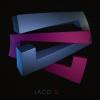
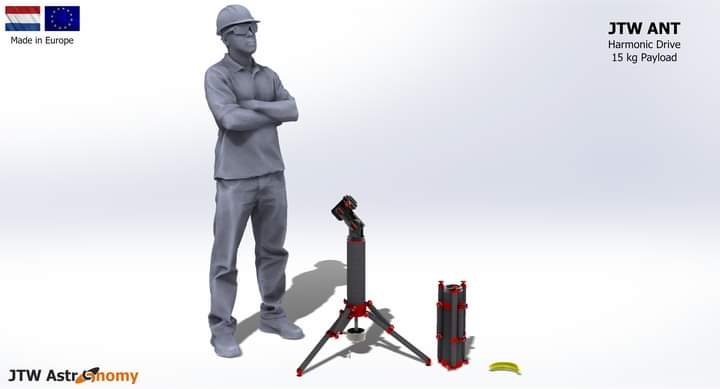
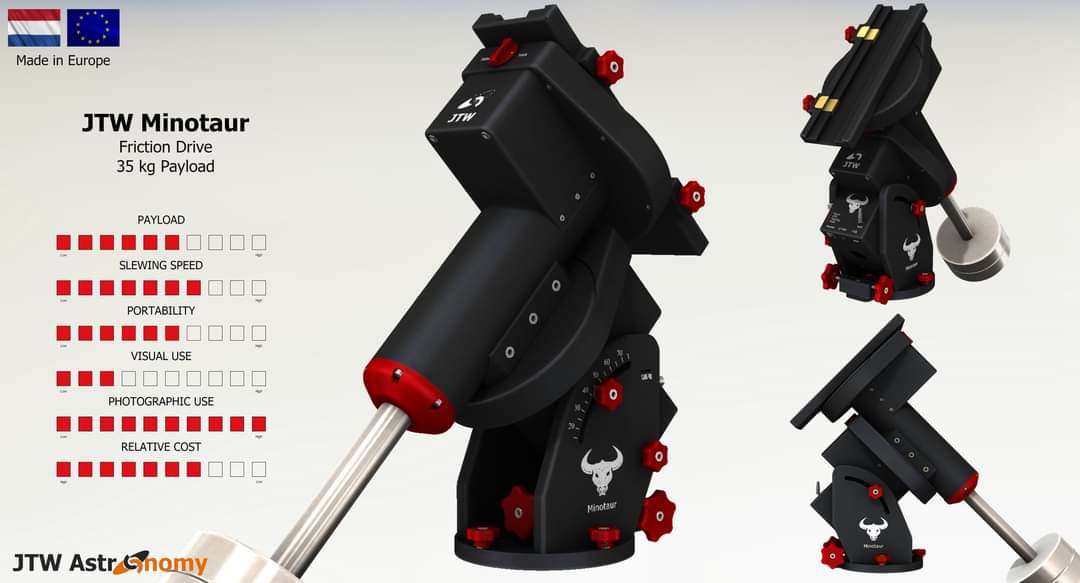
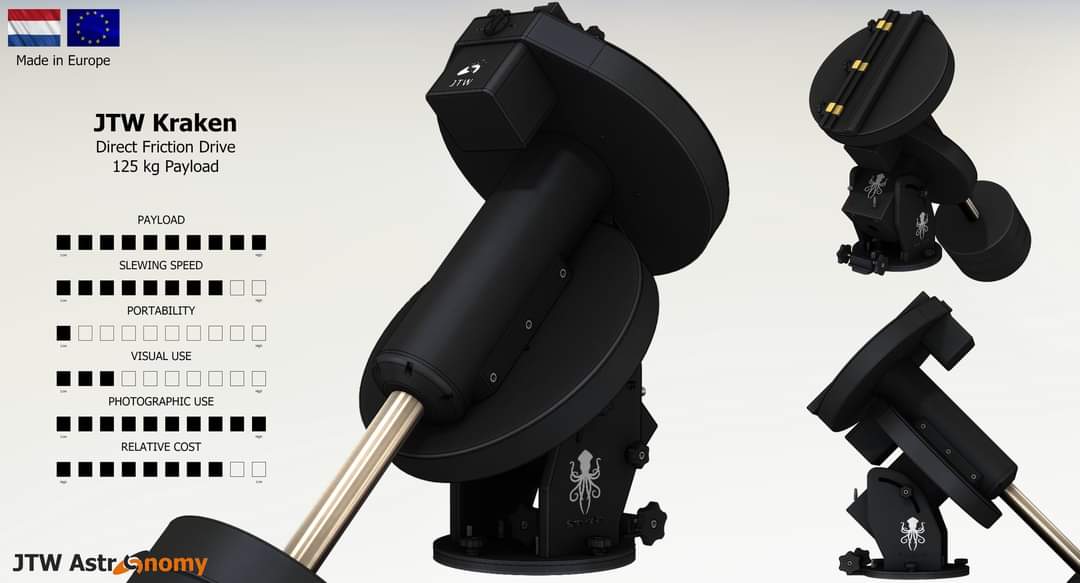
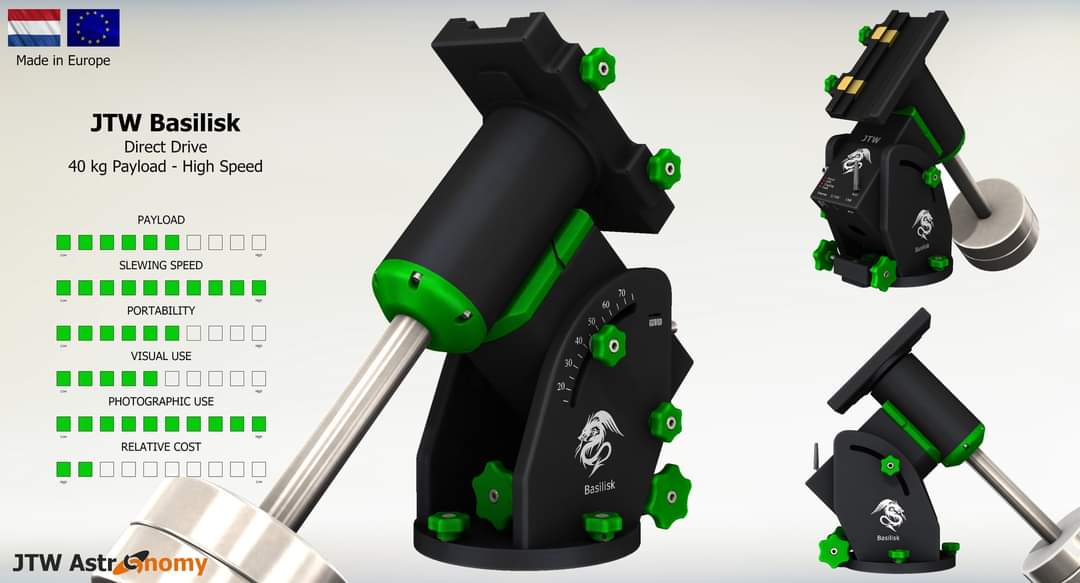
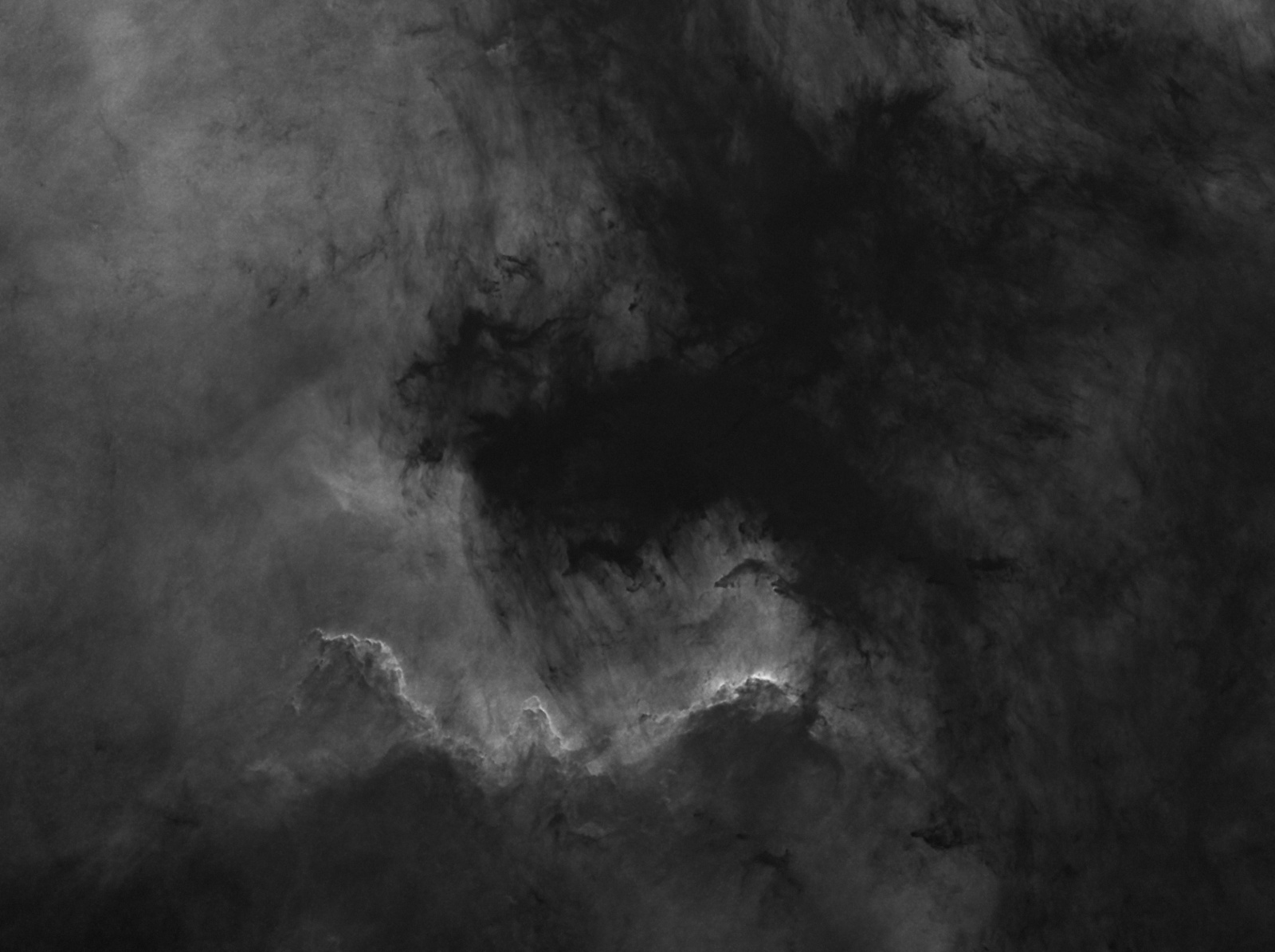
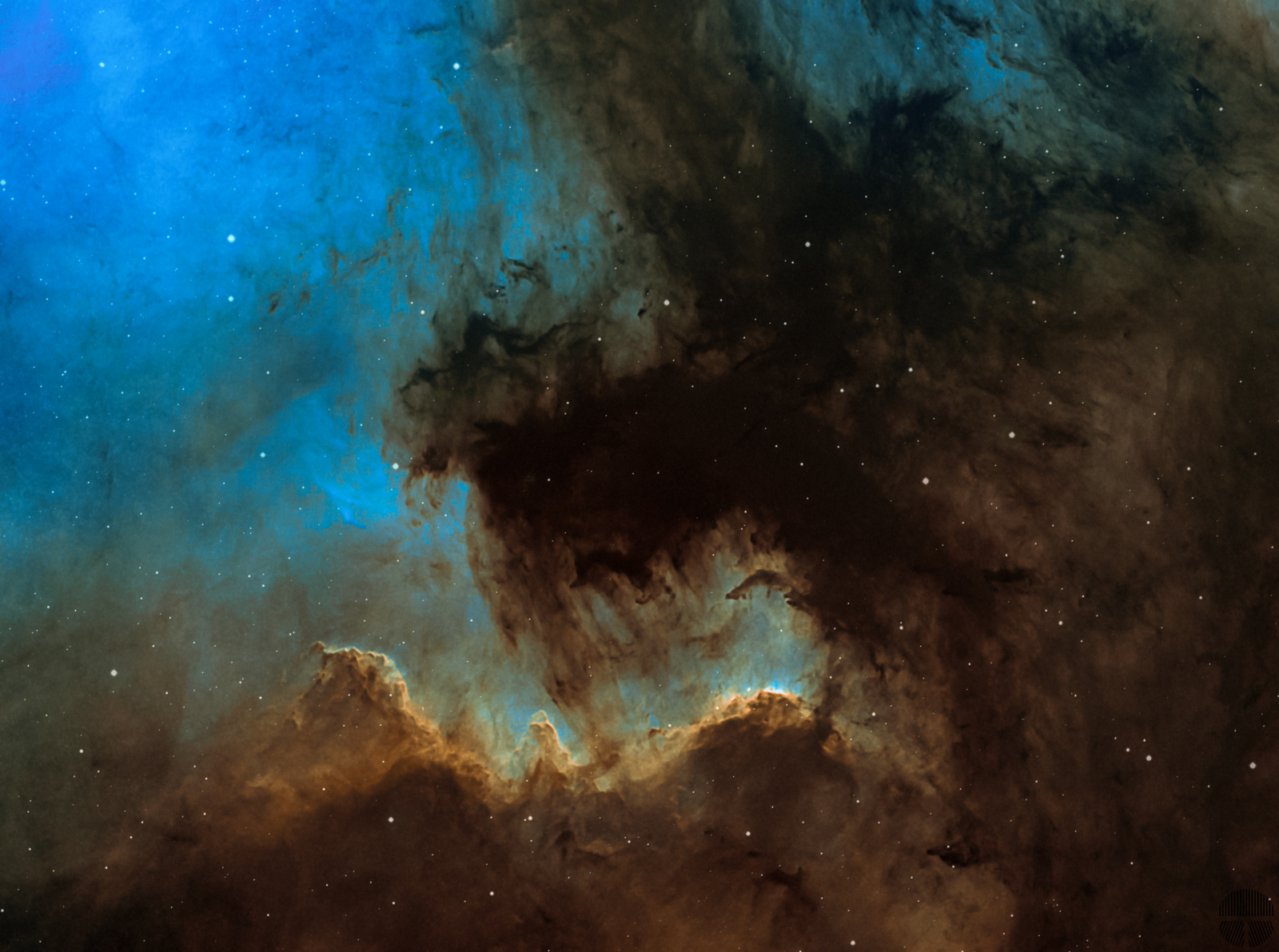
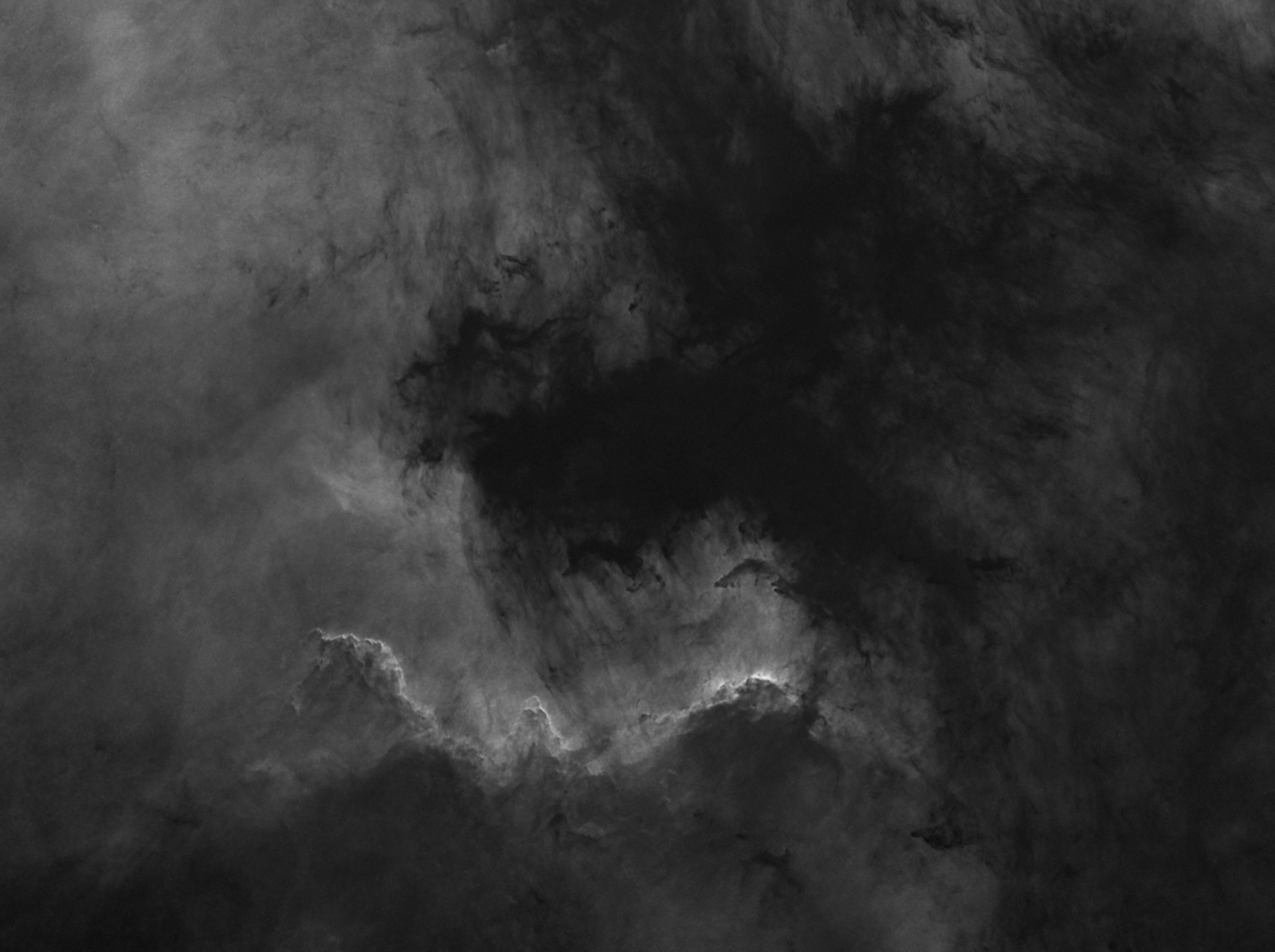
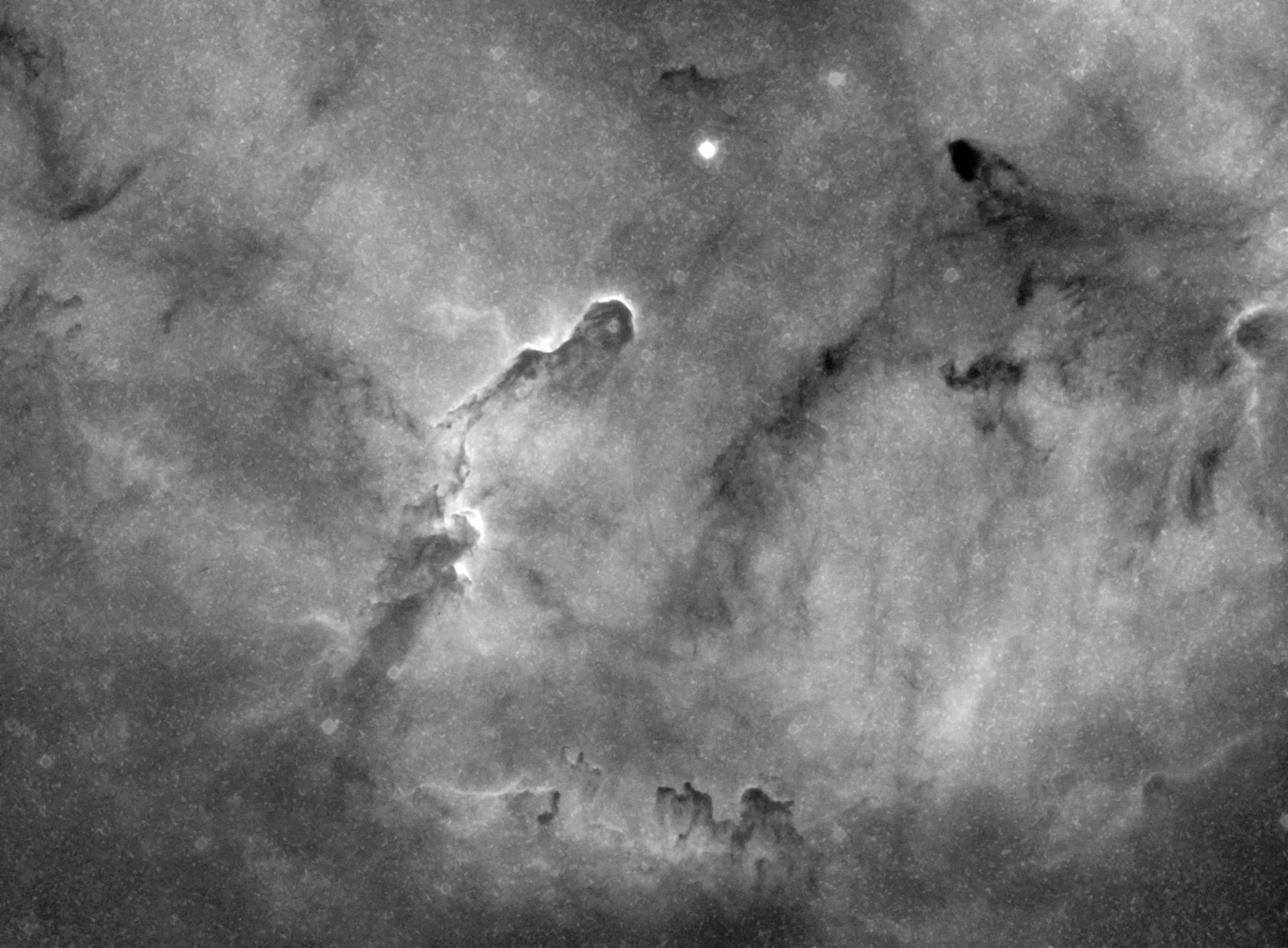
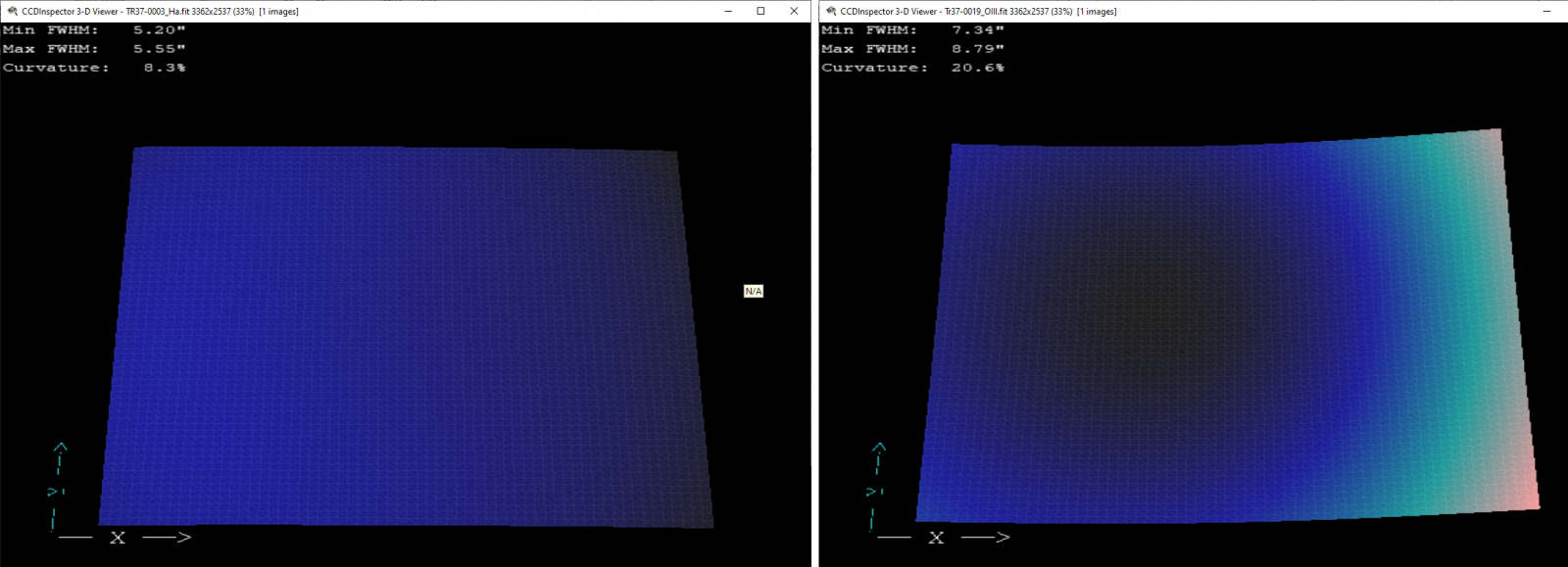

Niebieski konik z RPA - IC 4592
w Głęboki Kosmos (DS)
Opublikowano
Bardzo ładnie Janku! I dzięki za wrzutkę, nie mogłem się doczekać Waszych fotek!